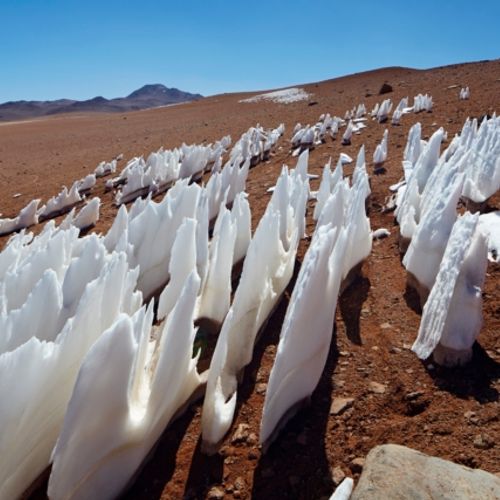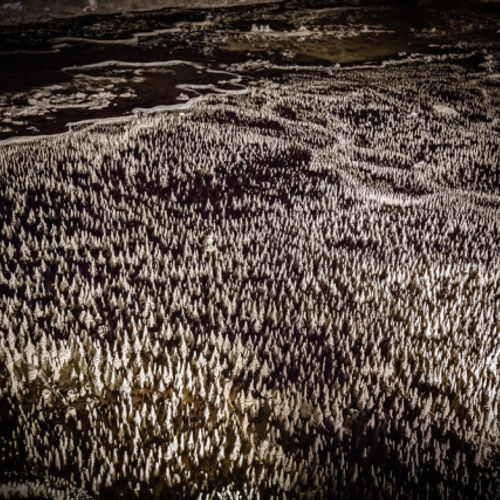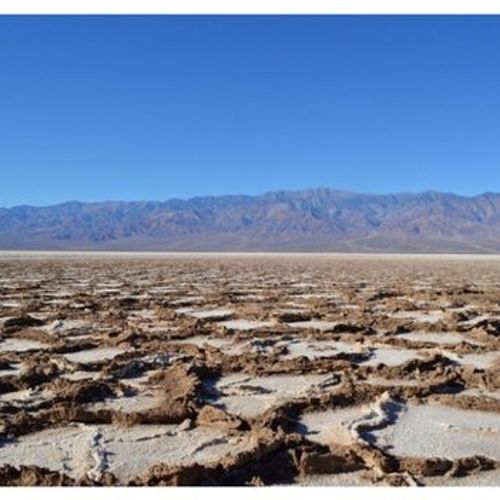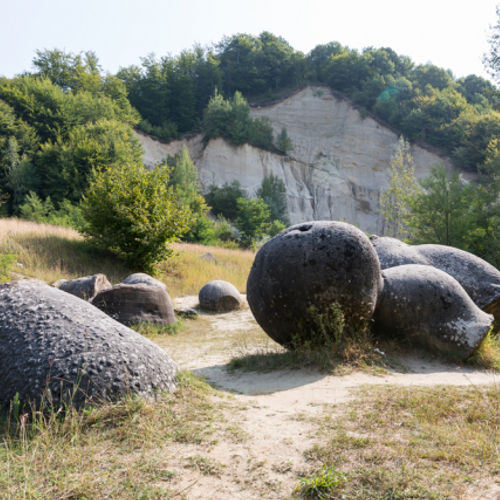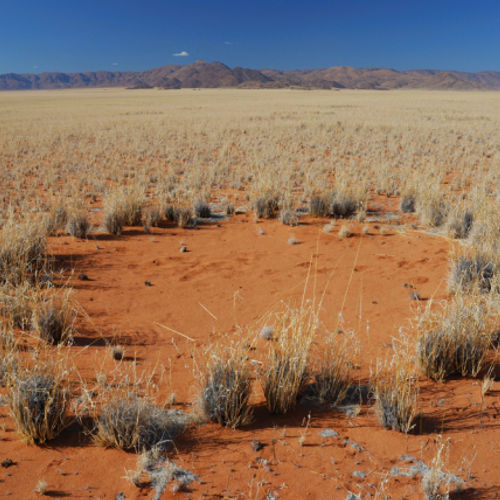
| Added | Wed, 28/04/2021 |
| Источники | |
| Дата публикации | Wed, 28/04/2021
|
| Версии |
Experts from the Scripps Institution of Oceanography at the University of California, San Diego, have found "heat bombs" in the Arctic Ocean-streams of warm water from the Pacific Ocean that accelerate the melting of sea ice, reports <url>. Phys.org.
Warm currents are one of the many consequences of global warming, and they are changing the Arctic Ocean environment faster than other places on the planet.
Arctic sea waters are layered and divided according to the degree of salinity. Most oceans have warm water at the surface, and colder water at the bottom. In the Arctic, there is a cold and relatively fresh surface layer that arises from river runoff and ice melting.
Warm salt water comes from the Pacific Ocean through the Bering Strait and through Barrow Canyon off the coast of Alaska. Because this water is denser, it sinks under the Arctic surface layer. The movement of the currents creates pockets of warm water that are hidden under the surface of the sea. These hot spots have increased over the past 10 years.
"Heat bombs" are fairly stable and can last for months or years, moving north under the ice sheet, weakening the ice as the heat gradually spreads upward. In recent years, the influx of Pacific warm water has increased, now Arctic sea ice may be absent for most of the year.
© The Conversation
Новости со схожими версиями
Log in or register to post comments

